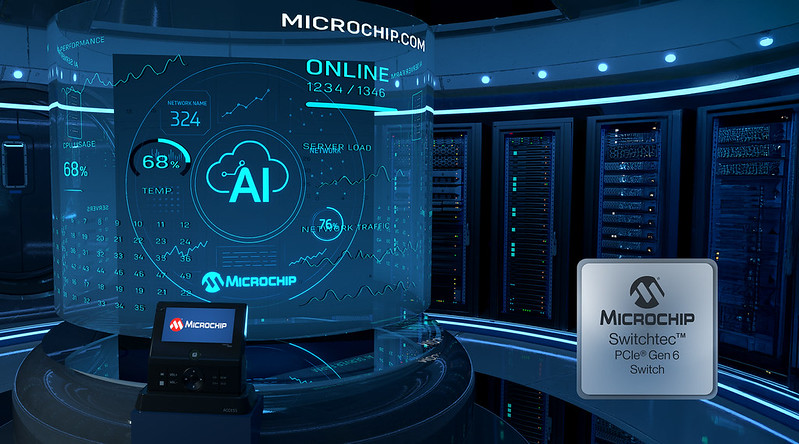On the heels of the series of sensor articles we did, I found some new sensor attention at Semicon West. While the focus of the session was MEMS in general, a couple of the presentations elaborated more on the kinds of sensors and applications they enable.
First was Jo de Boeck of imec. His focus was on detecting volatile compounds in the air or in someone’s breath – what they call a “micromechanical e-nose.” This works through an array of resonators of various sizes. Each resonator contains a layer of a polymer that can accumulate a targeted substance. If the accumulation is via adsorption (i.e., sticking to the surface), then the mass of the resonator changes. If, instead, the substance is absorbed and causes the polymer to swell, then stresses are created. In either case, the resonance changes.
He illustrated compounds that might be of interest in the breath – ethanol, ammonia, sulfur, 2-butanol (various esters of which apparently show up in perfumes and flavors), isoprene (the main hydrocarbon in human breath and, oddly enough, the monomer of natural rubber), acetone, NO, and H2O2 – that could be indicative of anything from bad breath to much more serious metabolic or other disorders. He also illustrated some target compounds for environmental sniffing, from simple humidity to various volatile mixtures, for detecting or analyzing such things as sweat, odors, pollution, hazards, or even just comfort.
By looking for patterns, they want to be able to go further than just detecting compounds and infer their sources. He illustrated with a conceptual chart discriminating between air, glowing cotton, a glowing cigarette, and a smoldering cable.
Meanwhile, Bosch’s Gary O’Brien focused on three new Bosch sensors. The first was a rollover sensor for use in automobiles. It’s an angular rate sensor that detects when you’ve driven into a ditch or one wheel is driving up a ramp, even if the car isn’t necessarily rolling over (yet). This allows airbags and belt tensioners to kick in and protect the passengers if it does go over. This feature is supposed to be 100% incorporated into North American cars by 2017.
The second was a MEMS microphone that they claim as the world’s smallest monolithic MEMS device. The deal with this is that two microphones can be put in the laptop lid on either side of the camera to eliminate ambient noise from the laptop itself and to provide much better voice quality.
Finally, he discussed barometric pressure sensors for use as altimeters, weather “stations,” and for indoor navigation – one of them is accurate to 0.17 m, so it can tell which floor you’re on in a building, for example, something that GPS, even if it can get into the building, isn’t accurate enough to figure out.
We’ll look more at some of the MEMS techniques illustrated here and with the other talks in a separate upcoming article.




